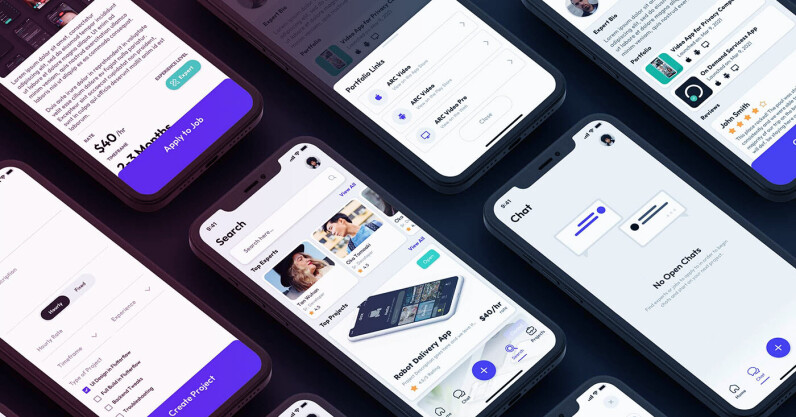
Traditional computer programming has a steep learning curve that requires learning a programming language, for example C/C++, Java or Python, just to build a simple application such as a calculator or Tic-tac-toe game. Programming also requires substantial debugging skills, which easily frustrates new learners. The study time, effort and experience needed often stop nonprogrammers from making software from scratch. No-code is a way to program websites, mobile apps and games without using codes or scripts, or sets of commands. People readily learn from visual cues, which led to the development of “what you see is what you get” (WYSIWYG) document…
This story continues at The Next Web
from The Next Web https://ift.tt/3LaBjHm
Comments
Post a Comment